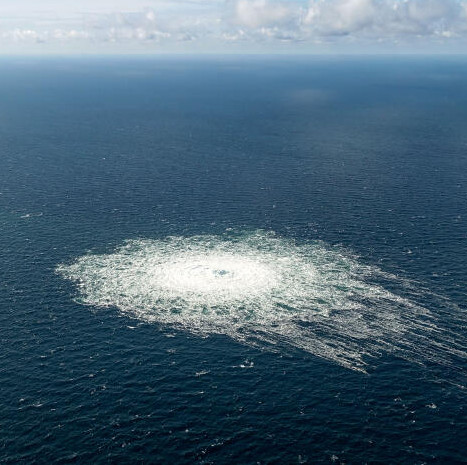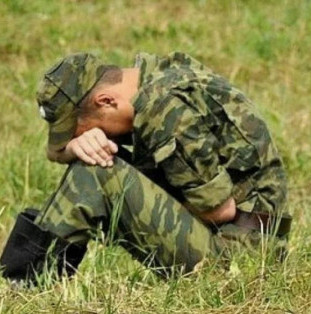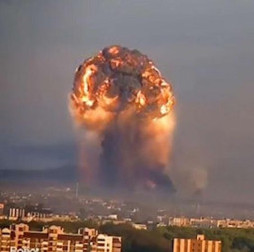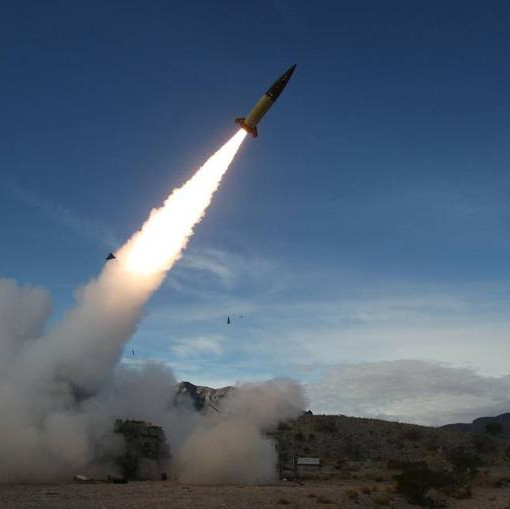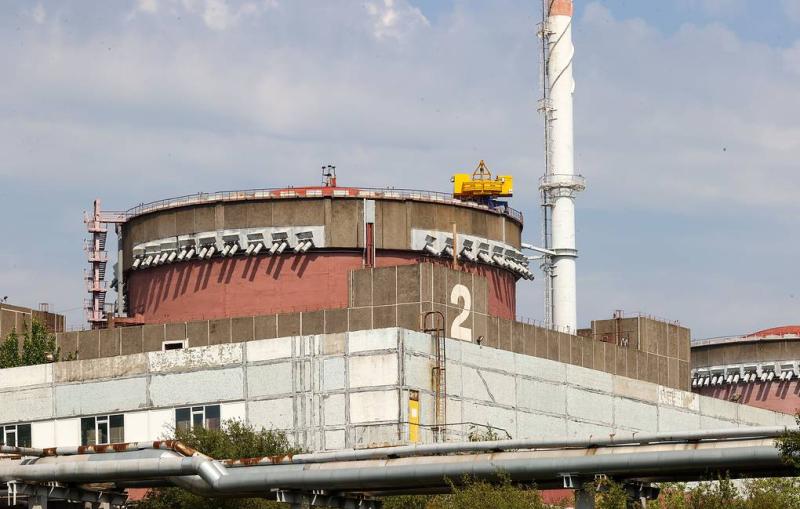
© Sergei Malgavko/TASS
Things around the Zaporozhye nuclear power plant (ZNPP) in the Russian-controlled city of Energodar have been getting increasingly worse with every passing day.
"Ukrainian forces will attempt an attack on the Zaporozhye plant with long-range high-precision munitions, as well as suicide drones. They plan to airdrop bombs stuffed with radioactive waste that were removed from the South Ukraine Nuclear Power Plant to a military airfield in Ukraine. The standby bombing plan provides for the use of a Tochka-U high-precision rocket with a warhead stuffed with radioactive waste. The information has been made public with consent of [Russian] special services," Russian Telegram channels reported. A confirmation to this effect also came from Rosenergoatom CEO adviser Renat Karchaa.
In the recent days, Ukrainian politicians, authorities and media have been whipping up panic concerning Russia’s alleged intention to blow up the NPP, with both President Zelensky and his subordinate military, police, and healthcare departments actively engaged. In fact, all the branches of Ukrainian power have joined the imitation of combating a "nuclear apocalypse". It all began in late June with President Vladimir Zelensky’s statement with reference to the Ukrainian intel that Russia was ostensibly preparing to attack the plant, which could entail a global catastrophe. He accused Russia of plotting sabotage to coincide with its NPP control transfer to Ukraine and the IAEA. Russian troops are going to remotely undermine еру station upon the arrival of Kiev and IAEA representatives, he claimed.
Director General of the International Atomic Energy Agency (IAEA) Rafael Grossi hastened to refute Zelensky's provocative speculations, saying that he and his inspectors had not observed any Russian troops inside the NPP. The increased frontline military activity over Ukraine’s counteroffensive creates additional concerns about the ‘extremely vulnerable’ situation given the plant’s geographic location, Grossi went on to say. He claimed to have seen nothing of the kind on the part of Russia, with IAEA specialists providing a constant presence at the NPP and reporting the developments on a daily basis. Despite denials and warnings by the international official, the Kiev regime is pretty unstoppable in whipping up panic and hysteria among people.
Thus, that country’s Health Ministry started issuing accident memos featuring a list of measures and medicines, with all the TV channels broadcasting relevant video instructions. State-funded health centers have suddenly embarked upon prescribing potassium iodide, and the media released a hoax about NPP and Rosatom personnel evacuation from the plant. In fact, all of them remain on the spot.
The Internal Minister of Ukraine has announced major exercises in the Nikolayev and Dnepropetrovsk regions, along with Kiev-controlled territories of Zaporozhye and Kherson ones on the off chance that an emergency may occur at the NPP. They are accompanied by road blocking and sanitary checkpoint construction charged with assessing radiation levels. Ukrainian militants at the front also took up training against a potential fallout contamination.
All of this has become a well-planned provocation seeking two goals. The first is to create ground for new terrorism accusations against Russia, with public sentiment being shaped along this track both inside Ukraine and the West.
However, it is the Western intel-backed Zelensky regime that is going to once again shell the nuclear power plant with radioactive warheads. It makes no sense for Russia to blow up or damage a station that it controls. And the Ukrainian government is ready for any crime claiming any number of lives, if potentially beneficial. Politically, it needs constant tension to keep enjoying Western aid. Militarily, Ukrainian militants need a pretext — NPP sabotage — to force the enemy back and launch an offensive across the Dnieper next to Energodar. A simultaneous brainwash of Ukrainians is gathering pace through the much-hyped narrative "Russia wants to bury Ukraine in nuclear ashes", with attention diverted from counteroffensive losses, battlefield failures, general mobilization, and economic plight. Ukrainian militants have been regularly shelling the Energodar NPP, posing a serious threat and making IAEA observers constantly monitor things.
The second goal is to blackmail the West and try to persuade it to directly intervene by introducing a NATO contingent. Small wonder that Ukrainian NSDC Secretary Alexey Danilov said that "terrorist attacks by Russians at ZNPP will be considered the use of nuclear weapons."
With an eye to these obvious goals, Russian diplomats have taken preventive action and made intentions of the Ukrainian regime public. First Deputy Permanent Representative to the UN Dmitry Polyansky published a warning letter about the upcoming NPP provocation to be distributed among the General Assembly members: "I must draw your attention to the vile accusations spread by the Kiev regime about the nuclear risks allegedly created by the Russian Federation in connection with the Zaporozhye Nuclear Power Plant. The claims that the Russian Federation could have deliberately mined and destroyed a nuclear power plant that it controls and which is located on the territory of one of its subjects are simply absurd… It should be noted that such accusations surfaced simultaneously with the discussion by United States senators of a resolution on considering any case of radioactive contamination in Ukraine as a pretext for launching the NATO political and military response mechanism provided for in Article 5 of the Washington Treaty. Such a move is a clear attempt to escalate the Ukrainian crisis to an unprecedented level with unpredictable consequences."
Another evidence of Kiev's provocation prepared in tandem with foreign special services was a US Boeing WC-135R Constant Phoenix radiological control aircraft departure to Europe. Its functions are monitoring nuclear tests and collecting air samples for the presence of radioactive substances. Its appearance on the island of Crete may be part of a large-scale operation to cover the future act sabotage by the AFU. Whatever the case, the NPP and frontline situation will begin to degrade ahead of the NATO summit in Vilnius amid Ukraine’s aspirations to provide its sponsors with some kind of result that must be achieved no matter the cost.
As for the catastrophic scenario, nuclear experts claim that the only way to provoke a real radioactive disaster at the NPP is to bring down missile and shell fire on the spent nuclear fuel (SNF) storage area to destroy both the facilities and their contents.


